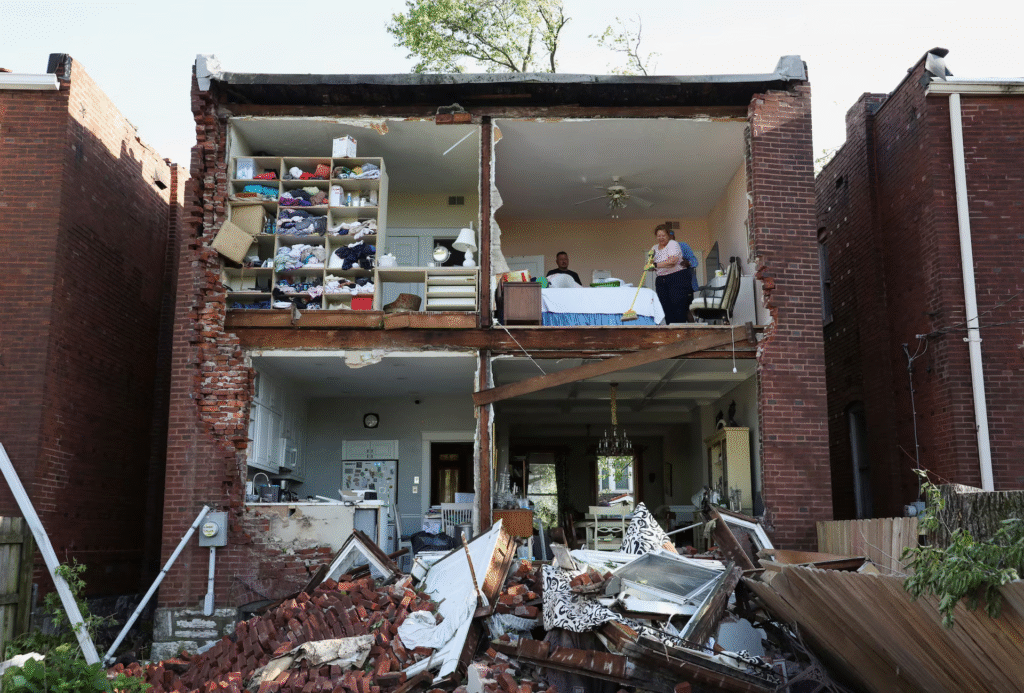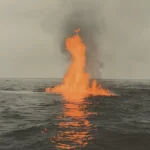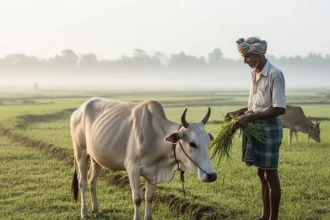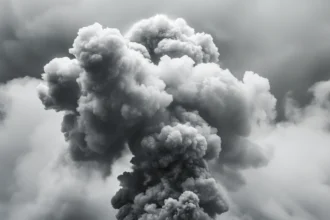Why Planting Trees in the Arctic Could Make Climate Change Worse, Scientists Say
Some researchers, including Jeppe Kristensen and Marc Macias-Fauria, warn against planting trees in the Arctic. Their recent study found trees can actually speed up global warming instead of helping. Since these trees darken the ground, they lower the albedo effect, meaning less sunlight bounces away and more heat is absorbed.

The Arctic’s soil holds more carbon than all of Earth’s plants together. Planting trees here could disturb the permafrost, making the soil release large amounts of carbon, leading to even more warming. Tree forests are also easily damaged by wildfires.
NOAA Arctic says Arctic soils have about 1,460-1,600 billion metric tons of carbon. Planting trees disturbs these soils and their dark leaves absorb more heat than white snow does.
Instead, supporting large animals like caribou, preserving biodiversity, and meeting local needs may offer smarter climate solutions for these fragile places.
In summary, planting trees in the Arctic might cause serious problems by warming the earth faster. It’s important to consider other methods, protect permafrost, and balance nature’s needs.
For the complete story and full context, please refer to the original article from thebrighterside.news.
Nepal’s Melting Glaciers Urge Swift Global Action as Children Lead Climate Calls
Nepal’s glaciers, which provide essential water for almost two billion people in South Asia, are melting far quicker than before. António Guterres from the United Nations joined Nepal’s government, UNICEF, and climate experts in Kathmandu for the first “Everest Dialogue” to spotlight this threat.
Since 2010, the ice has melted 65% faster, leaving Nepal with about one-third less ice since the early nineties. Less than forty glaciers are carefully watched on-site, making tracking harder.
This melting endangers river water, food production, and could even force communities to move. Children and young people, backed by UNICEF, handed over a document asking leaders to take their voices seriously and protect their future. Nepal has already set up early warning systems and safely lowered Imja Lake by 3.6 meters.
World leaders are being urged to double climate funding, support cleaner energy, and fulfill financial promises. Global unity is crucial to address these fast changes and protect everyone.
All generations, especially youth, depend on bold worldwide cooperation so life along Himalayan rivers and beyond can continue safely.
For the complete story and full context, please refer to the original article from news.un.org.
St. Louis Hit by Tornado Causing Death and Damage to Many Homes
A tornado struck St. Louis, Missouri on Friday, causing major problems. The storm ripped through the city, taking off roofs and knocking down power lines. At least five people lost their lives and about 5,000 homes or buildings were damaged.

The mayor Cara Spencer and Fire Chief Dennis Jenkerson helped over 500 responders manage the situation. A curfew started at 9 p.m. to keep people safe and stop looting. Teams are still counting how many people were hurt.
St. Louis has faced strong tornadoes before. Tragic events struck in 1896, 1927, and 1959, where many people lost their lives. The 2011 storm badly damaged the airport, showing tornadoes aren’t new here.
This tornado reminds everyone that nature can surprise us. Community and emergency workers must stay alert as weather becomes more extreme each year. Help and safety should always come first.
For the complete story and full context, please refer to the original article from reuters.com.
Strong Earthquake Shakes Central Peru, Little Damage Reported
On Saturday, a powerful earthquake with a magnitude of 6 struck central Peru near Puquio, a town in the Ayacucho region. The Peruvian Geophysical Institute said it happened 23 kilometers south of Puquio at a depth of 97 km, while German scientists noted only 10 km deep.
This quake reached even the central coast of Peru, but people mostly felt it mildly. Thankfully, no major damage was reported in Puquio, likely because the event happened quite deep underground. Some landslides could have happened on roads, though nothing is confirmed.
The Peruvian institute says about 400 felt quakes happen yearly, showing strong seismic activity. Earthquakes like this are not rare. Over the last ten years, seven quakes over magnitude six have hit near Ayacucho.
This event reminds us how important it is for local communities to stay ready for sudden earthquakes. Accurate quake information also helps everyone stay safe.
For the complete story and full context, please refer to the original article from reuters.com.











